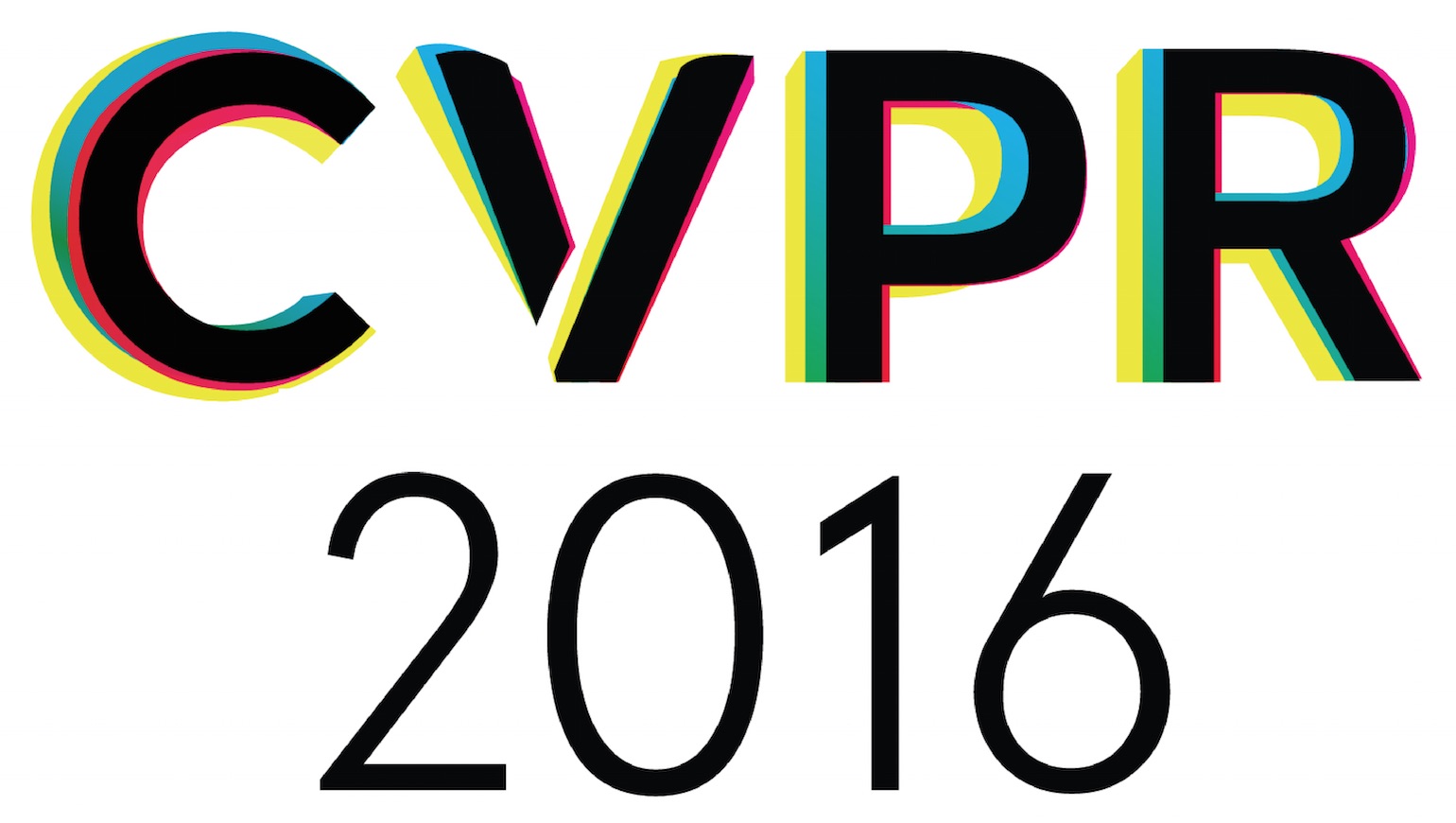-
Pairwise Decomposition of Image Sequences for Active Multi-View Recognition
AbstractA multi-view image sequence provides a much richer capacity for object recognition than from a single image. However, most existing solutions to multi-view recognition typically adopt hand-crafted, model-based geometric methods, which do not readily embrace recent trends in deep learning. We propose to bring Convolutional Neural Networks to generic multi-view recognition, by decomposing an image sequence into a set of image pairs, classifying each pair independently, and then learning an object classifier by weighting the contribution of each pair. This allows for recognition over arbitrary camera trajectories, without requiring explicit training over the potentially infinite number of camera paths and lengths. Building these pairwise relationships then naturally extends to the next-best-view problem in an active recognition framework. To achieve this, we train a second Convolutional Neural Network to map directly from an observed image to next viewpoint. Finally, we incorporate this into a trajectory optimisation task, whereby the best recognition confidence is sought for a given trajectory length. We present state-of-the-art results in both guided and unguided multi-view recognition on the ModelNet dataset, and show how our method can be used with depth images, greyscale images, or both.
Related Material
[pdf] [video][bibtex]@InProceedings{Johns_2016_CVPR,
author = {Johns, Edward and Leutenegger, Stefan and Davison, Andrew J.},
title = {Pairwise Decomposition of Image Sequences for Active Multi-View Recognition},
booktitle = {Proceedings of the IEEE Conference on Computer Vision and Pattern Recognition (CVPR)},
month = {June},
year = {2016}
}
These CVPR 2016 papers are the Open Access versions, provided by the Computer Vision Foundation.
Except for the watermark, they are identical to the accepted versions; the final published version of the proceedings is available on IEEE Xplore.
Except for the watermark, they are identical to the accepted versions; the final published version of the proceedings is available on IEEE Xplore.
This material is presented to ensure timely dissemination of scholarly and technical work.
Copyright and all rights therein are retained by authors or by other copyright holders.
All persons copying this information are expected to adhere to the terms and constraints invoked by each author's copyright.

